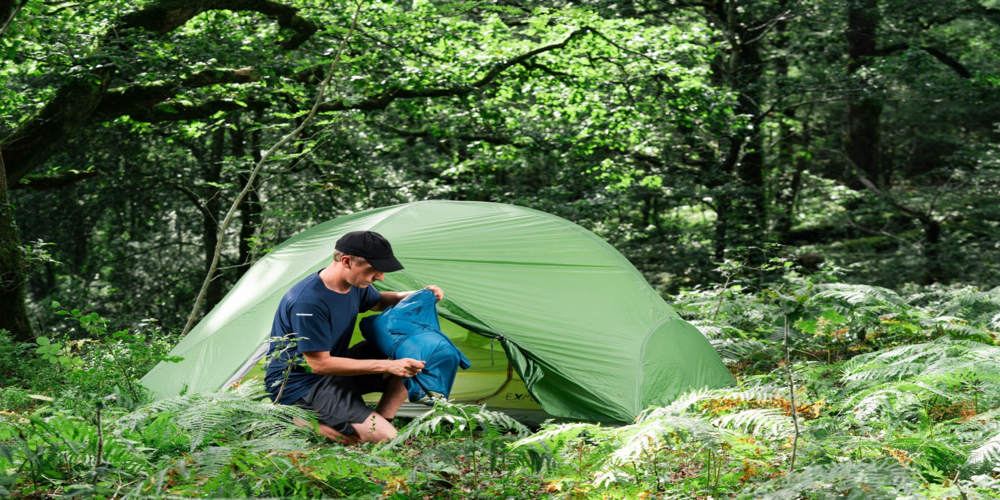We must say goodbye to the cool, dry air of fall and hello to the chilly, damp conditions of winter when the weather shifts from sunny to snowy. As the leaves fall from the trees, we are reminded of the changing seasons and their attendant beauty. A outdoor sleep bag may seem unimportant when camping, yet it plays a crucial role in keeping you warm at night.
Temperature Scales
First, we'll talk about the most important aspect of a heated sleeping bag: the temperature rating. The temperature rating of a sleeping bag is the coldest temperature at which it will keep its typical user warm. In other words, an average sleeper should be comfortable in temperatures as low as 30 degrees Fahrenheit using a bag rated 30 degrees.
However, there is no U.S. standard to quantify these ratings, and a rating lab wouldn't be able to imitate numerous aspects, including metabolism, clothing, sleeping pad material/thickness, or the fact that most women sleep warmer than males.
Which Temperature Rating is Necessary?
Due to the wide range of temperatures throughout the year, a single sleeping bag would not be enough for all four seasons. What would keep you warm in the dead of winter is unlikely to be what you'd want for summer camping, so finding a universal solution might be challenging.
One must always go with an open mind. It would help if you considered bringing 0o with you. In the dead of winter, you decide to visit a tropical beach. You won't need much more heat than 30 degrees. You should allow for a margin of error of at least 5-10 degrees Fahrenheit when determining the appropriateness of your sleeping bag's temperature rating.
Pillows And Other Considerations
It's logical to assume that a warmer sleeping bag is required for colder temperatures. Generally, it's better to be safe than sorry, but it's also crucial to consider the many variables that might affect thermal comfort. When you go into bed, your body generates heat, and a sleeping bag traps that heat like a thermos, so it doesn't get cold.
How warm you become in your sleeping bag depends largely on the ambient temperature. Because the temperature of the ground will have a greater impact on your comfort than the air temperature, a sleeping pad is an essential accessory to your sleeping bag.
Choosing Between Synthetic and Down
The most common types of insulation discussed are down and synthetic. We've included brief descriptions of each topic below.
Synthetic
Synthetic insulation prevents moisture from interfering with a restful night's sleep. When wet, synthetic materials keep you warm and dry out quickly. Additionally, synthetic is typically more long-lasting than down. Synthetic sleeping bags are often less expensive, but they last less time than down ones since the material packs down with time, reducing their optimum insulating ability.
Down
Insulation from down sleeping bags lasts longer because they compress more slowly. Repeatedly repacking your sleeping bag into its carry bag will cause it to reawaken. As a bonus for the minimalist hiker, down is typically more compressible than synthetic materials.


